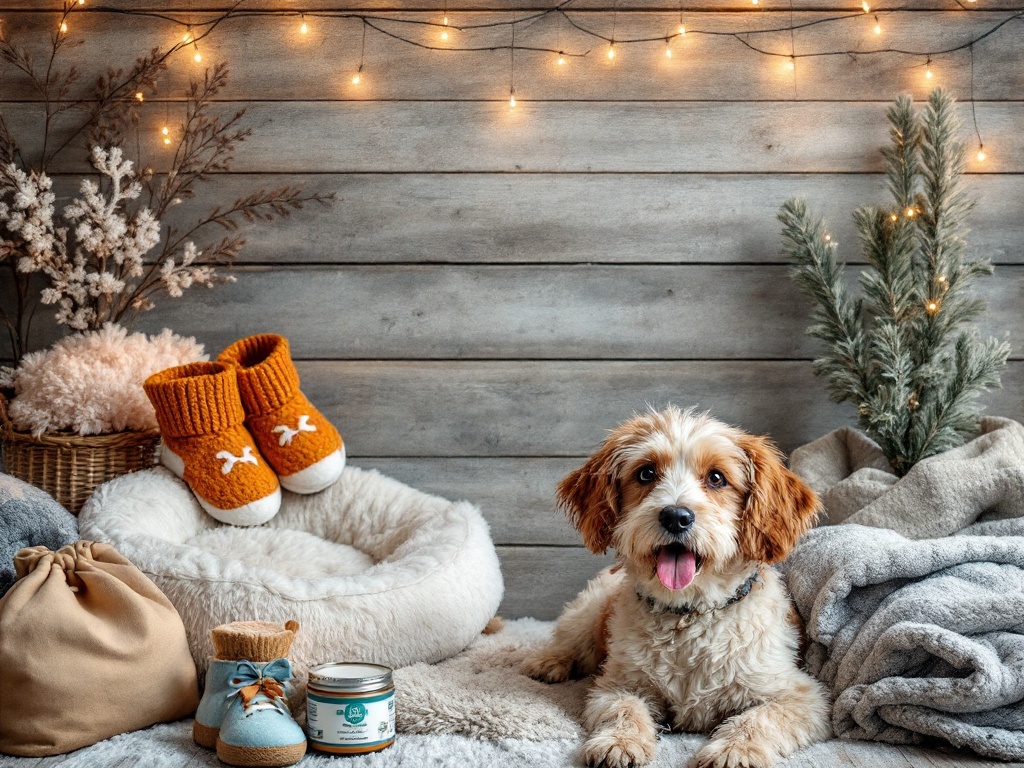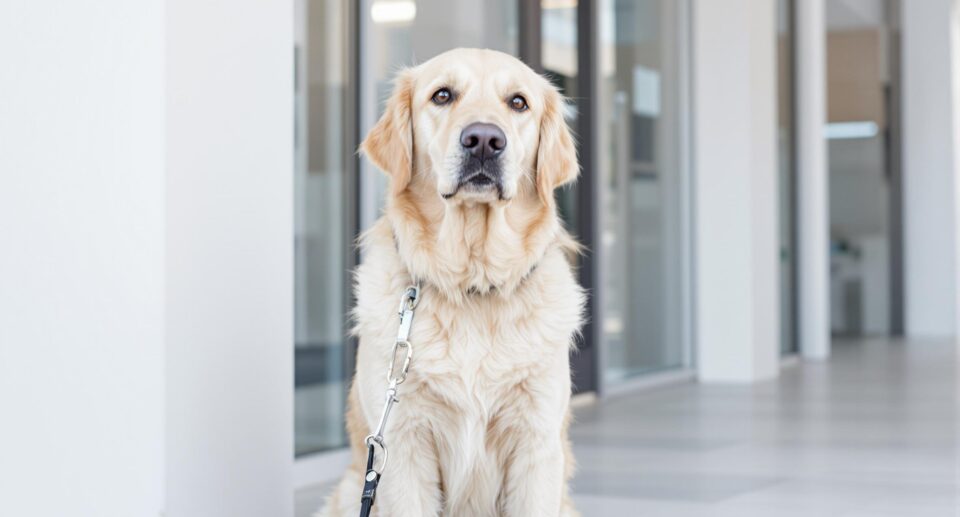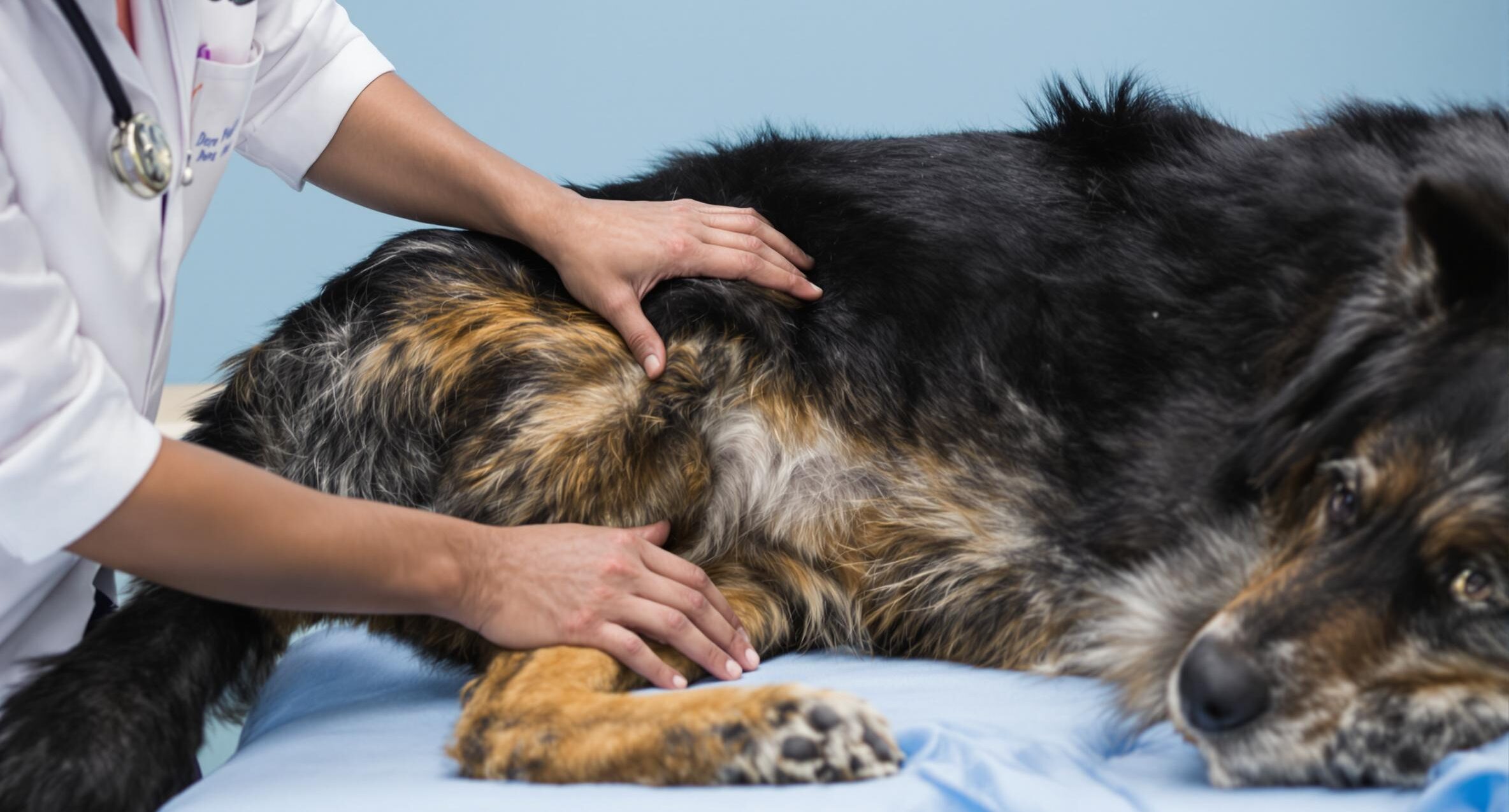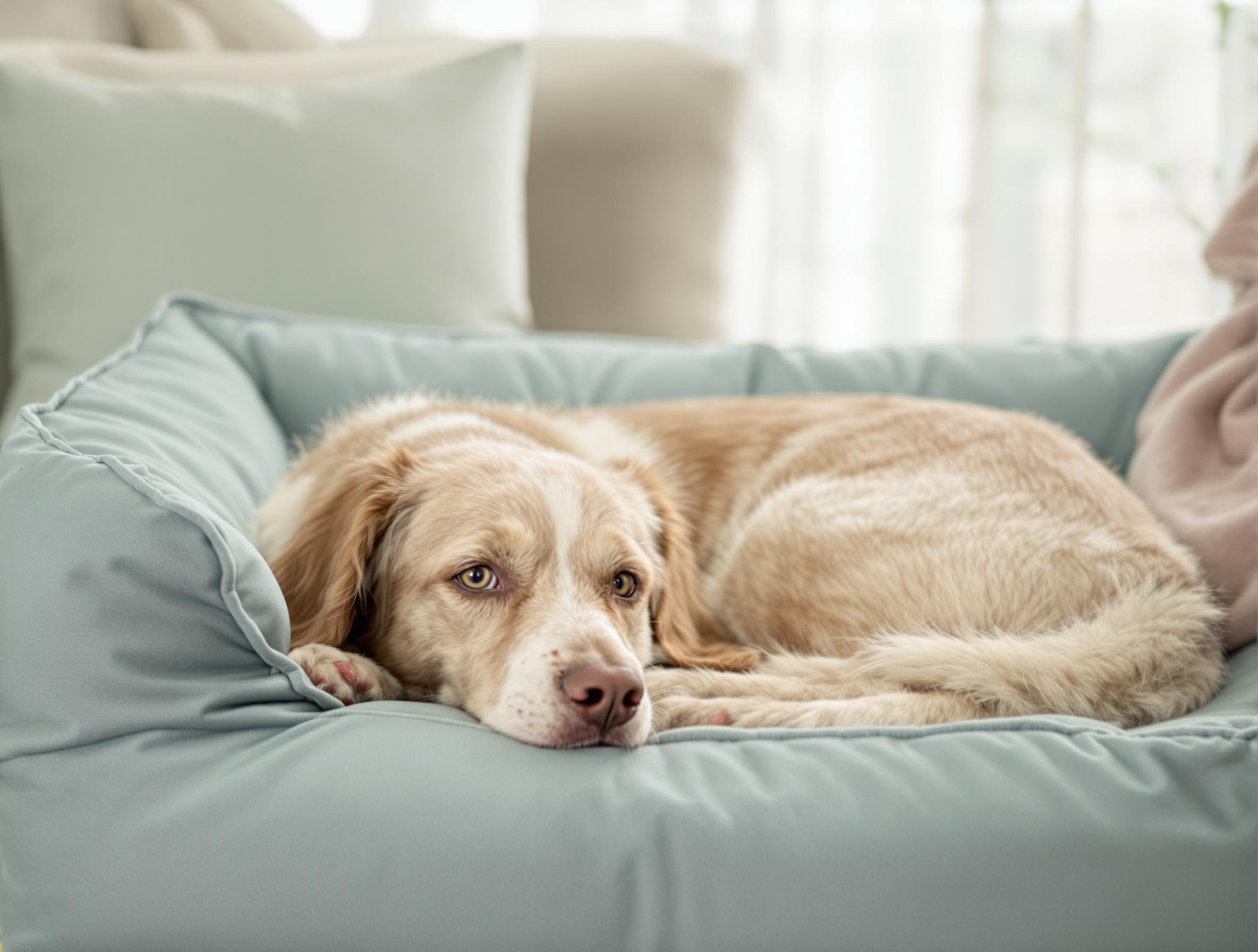7 Tips for a Cozy Winter for Your Outdoor Dog

Key Takeaways:
- Insulating your outdoor dog’s shelter properly can significantly enhance warmth, preventing hypothermia during cold spells.
- A combination of quality coats, heating solutions, and proper nutrition is crucial for outdoor dogs to maintain comfort and health in winter.
- Regular grooming and proactive paw care are essential for protecting your dog against winter-specific risks such as matting and salt exposure.
An outdoor dog counts on someone to turn their space into a warm, safe spot, keeping them happy and healthy through the tough, icy months. Learning how to keep an outdoor dog warm in winter isn’t just about coziness – it’s about guarding their well-being when the air turns sharp, and frost creeps in overnight. With some easy steps, their outdoor area can become a snug hideaway that holds up against the season’s worst weather.
Outdoor pets deal with bigger challenges when it’s cold, but taking action can keep a furry family member safe from the chill. A visit to PetHealthMD offers handy tips and tools made for pet owners wanting to keep dogs warm and comfy all winter. Vet experts have put together solid ideas and picked out products to help an outdoor dog stay toasty through the season, giving straightforward fixes that work in everyday life.
Tip #1: Mastering Winter Dog House Insulation
Your furry friend deserves a warm winter haven. Studies show that well-designed insulation can keep dog house temperatures 10–20 degrees warmer than outside air.
Here’s how to create the perfect cold-weather retreat:
- Build a double-walled shelter using weather-resistant wood, filling the 2-inch gap with insulation for superior temperature control.
- Create a thermal barrier by laying foam boards between the ground and floor, paired with natural cedar shavings for added warmth and comfort.
- Install reflective insulation panels on interior walls to redirect heat back into the space.
- Elevate the structure 4–6 inches above the ground to prevent moisture issues.
- Add door flaps and maintain a small ventilation gap near the roof.

Tip #2: Top Dog Winter Coat Recommendations
Choosing the right winter coat helps your four-legged family member stay warm and active during cold weather. For dogs that spend significant time outdoors, proper protection becomes even more important.
Features to look for:
- Proper measurements around the chest, neck, and body length.
- Waterproof, insulated materials.
- Adjustable designs with secure fastenings.
- High-neck styles with extended chest coverage.
- Machine-washable fabrics.
- A comfortable, non-restrictive fit.
Tip #3: Effective Heating Solutions for Dog Shelters
Modern dog shelter heating tools combine safety and comfort.
Best practices include:
- Using safety-certified heating equipment with automatic temperature controls.
- Choosing gentle infrared heaters placed safely above resting areas.
- Installing thermal floor pads to create warm and cool zones.
- Protecting electrical components.
- Keeping shelters between 45–65°F.
Tip #4: Selecting the Best Blankets for Ultimate Dog Warmth
Soft fleece bedding brings excellent warmth while allowing airflow. Look for moisture-wicking fabrics paired with waterproof backing to prevent dampness. Layer strategically using:
- A 2-inch foam base
- A fleece sheet
- An insulating cover
- A sherpa layer
Keep two bedding sets on hand to swap out as needed.
For joint support in cold weather, consider memory foam bases to ease arthritis symptoms.
Tip #5: Practical Ways to Keep Dog Water From Freezing
Fresh water access is essential during winter.
Ways to prevent freezing include:
- Using a heated water bowl
- Choosing rubber or plastic bowls
- Adding warm water every few hours
- Placing bowls in sheltered areas
- Setting water-check schedules
Find helpful options in the Dog Bowls and Feeders category.

Tip #6: Enhancing Warmth Through a Refined Winter Diet
Outdoor dogs burn more energy in winter. Increasing daily food intake by about 10% can help, but always monitor weight and activity.
Winter diet support includes:
- Warming meals slightly
- Providing high-quality proteins and healthy fats
- Adding omega-3 and omega-6 supplements to support skin and coat
See the Dog Vitamins and Supplements category for coat and joint support.
Tip #7: Staying on Top of Winter Grooming Needs
Snow and ice cling to fur, making regular grooming essential. Brushing spreads natural oils and strengthens the coat’s protective barrier.
Winter grooming tips:
- Brush 2–3 times weekly
- Use de-shedding tools for thick-coated dogs
- Trim fur between paw pads
- Watch for dryness or soreness
FAQs About Winter Care for Outdoor Dogs
How can I tell if my dog is feeling cold?
Shivering, whining, slowing down, or seeking shelter all signal that a dog needs warmth quickly.
Can sidewalk salt and ice melters hurt my dog?
Yes. They can irritate paws and cause stomach upset if licked. Choose pet-safe ice melt and wipe paws after outings.
How can I protect my dog’s paw pads in winter?
Use pet-safe paw balm before outdoor time or ease your dog into wearing booties.
How do I help my dog get used to winter gear?
Start indoors with short, treat-supported sessions. Try different styles if your dog resists.
What extra steps do senior dogs need in winter?
Provide thick, raised bedding, maintain gentle exercise, and consult your vet about joint support.
Safeguarding Your Outdoor Dog’s Comfort in Winter
Proactive winter care directly impacts your outdoor dog’s health and comfort. Monitor for signs of cold stress like shivering or a hunched posture. Veterinary experts offer guidance on outdoor time limits and breed-specific needs.
Give your dog a warm, safe winter by exploring full seasonal solutions in the Dog Supplies category on 1800PetMeds.





